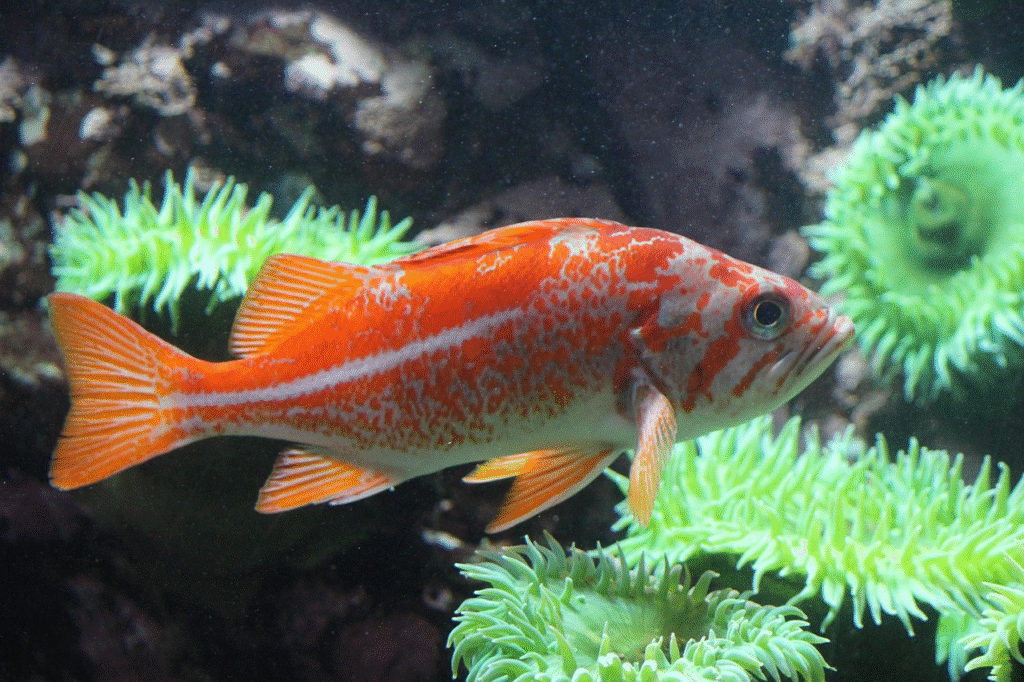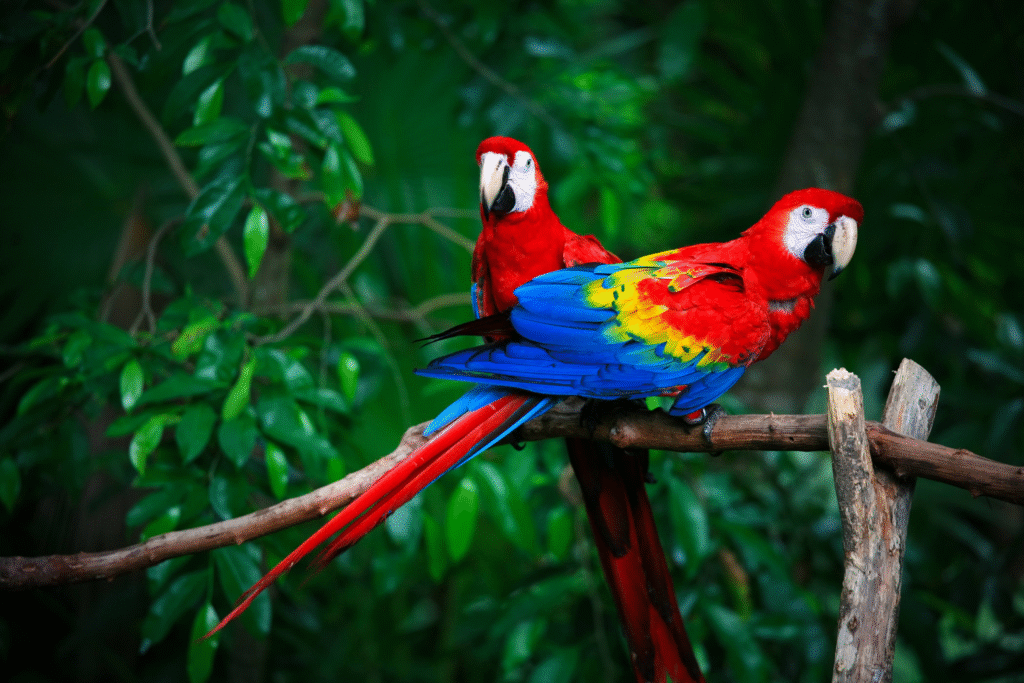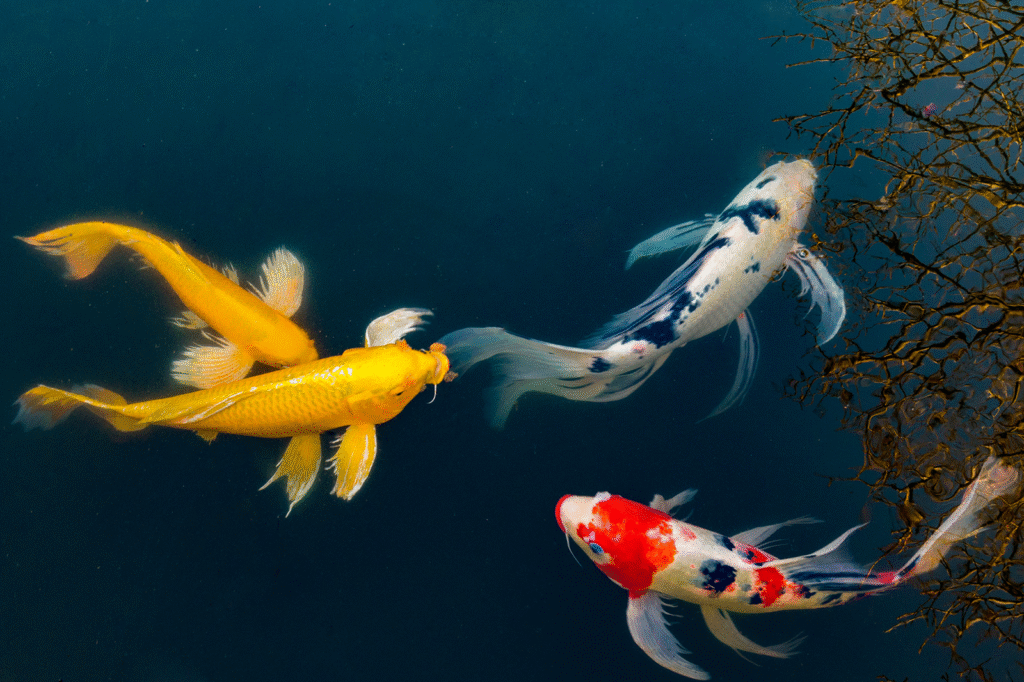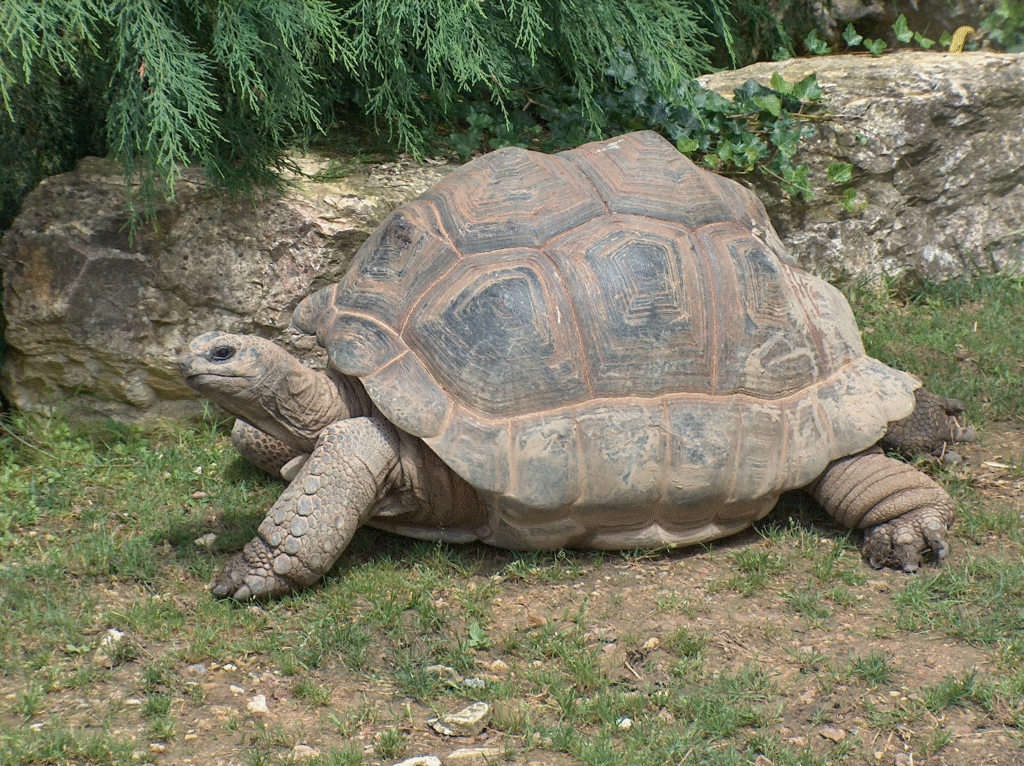When we think of long lives, we often picture humans living into their 90s or maybe 100s. But in the animal kingdom, there are species that live much, much longer. Some animals live for several centuries, and a few may even be biologically immortal. These creatures defy our understanding of aging, health, and time itself.
In this article, we’ll explore the longest-living animals on Earth, from deep-sea dwellers and ancient reptiles to small, nearly invisible invertebrates. Many of these animals are not only old but have also evolved fascinating ways to survive across centuries.
1. Ocean Quahog (Arctica islandica) – 500+ Years

The ocean quahog is a type of clam found in the cold North Atlantic Ocean. These hard-shelled mollusks live buried in the sand and feed by filtering plankton from the water. One famous individual, nicknamed “Ming,” was discovered to be 507 years old when it was collected in 2006.
Scientists can determine the age of a quahog by counting growth rings on its shell, much like counting tree rings. These animals are not just long-lived—they are also valuable for climate research. Their shells contain information about ocean temperatures going back hundreds of years.
2. Greenland Shark – 250 to 500 Years

The Greenland shark is one of the slowest-growing and longest-living vertebrates on the planet. Found deep in the cold waters of the North Atlantic and Arctic Oceans, these sharks grow just about 1 cm per year and can reach lengths of over 20 feet.
Scientists used carbon dating on the eyes of Greenland sharks and found individuals estimated to be between 270 and 500 years old. These sharks may not even reach maturity until they are around 150 years old.
3. Rougheye Rockfish – 200+ Years

Found in the Pacific Ocean, from California to Japan, the rougheye rockfish is one of the longest-lived bony fish. They can live over 200 years, with the oldest known individual estimated at 205 years old.
These deep-sea fish are slow to grow and slow to reproduce. Their long lifespan is believed to be linked to their cold, deep-water environment, which slows metabolism and aging.
4. Bowhead Whale – 200+ Years

The bowhead whale, native to Arctic and sub-Arctic waters, holds the record as the longest-living mammal. Some individuals have been confirmed to live over 200 years, with one estimated to be at least 211 years old based on analysis of embedded harpoons from the 1800s.
These whales have thick layers of blubber and an extremely slow metabolism. Their Arctic habitat likely plays a key role in their longevity. Recent genetic studies suggest bowhead whales have unique DNA that protects them from aging-related diseases.
5. Galápagos Tortoise – 100 to 200+ Years

The Galápagos tortoise is among the best-known long-lived reptiles. These gentle giants can live more than 150 years in the wild and even longer in captivity. One individual, named Adwaita, was believed to be over 250 years old when he died in 2006.
Their slow metabolism, calm lifestyle, and hardy nature contribute to their long lifespan. Galápagos tortoises can also survive months without food or water.
6. Red Sea Urchin – 100 to 200 Years

Living along the Pacific coast of North America, the red sea urchin can live up to 200 years. These small, spiny creatures live on the ocean floor and feed on algae. Despite their simple appearance, sea urchins are quite complex internally and show little to no signs of aging, a trait called negligible senescence.
7. Tuatara – Over 100 Years

The tuatara is a rare reptile found only in New Zealand. It looks like a lizard but comes from a very ancient lineage, separate from lizards and snakes. Tuataras can live for 100 years or more, and some individuals in captivity have lived well past that.
These slow-growing reptiles don’t mature until around 15-20 years of age, and they continue to reproduce into their old age. Their long lifespan may be due to their cool environment and slow metabolic rate.
8. Macaw – Up to 80 Years

Parrots, especially macaws, are among the longest-living birds. With proper care, many species can live 50 to 60 years, and some blue-and-gold macaws and green-winged macaws have been known to live up to 80 years in captivity.
Their intelligence, social behavior, and ability to form strong bonds with humans make macaws popular pets—but their long life also means a big commitment.
9. Koi Fish – 40 to 200+ Years

Koi, a type of ornamental carp kept in garden ponds, usually live 30 to 50 years, but some individuals have lived far longer. The most famous koi, named Hanako, was said to have lived 226 years before dying in 1977, as determined by ring analysis of her scales.
These fish can thrive for generations if kept in clean water with proper care, and some koi are passed down as family heirlooms in Japan.
10. Turritopsis dohrnii – The Immortal Jellyfish

The Turritopsis dohrnii, often called the immortal jellyfish, doesn’t age in the traditional way. Found in oceans around the world, this tiny jellyfish can revert its adult cells back into juvenile cells through a process called transdifferentiation.
When threatened or injured, it can essentially start its life cycle over again, potentially doing this indefinitely. While it can still die from disease or predation, this ability makes it biologically immortal.
11. Aldabra Giant Tortoise – 150 to 200 Years

Native to the Seychelles, the Aldabra giant tortoise is another long-lived reptile. One famous tortoise named Jonathan is currently believed to be around 191 years old, making him the oldest living land animal.
Like their Galápagos relatives, Aldabra tortoises have slow metabolisms and spend their lives slowly grazing in warm climates, which may contribute to their impressive lifespans.
12. Orange Roughy – 150+ Years

The orange roughy, a deep-sea fish found around New Zealand and Australia, can live more than 150 years. These fish are slow to grow and reproduce, which has made them especially vulnerable to overfishing. Orange roughy populations take decades to recover, which is why they are now protected in many areas.
13. Hydra – Possibly Immortal

The hydra is a tiny freshwater creature that may be capable of living forever. It constantly regenerates its cells and doesn’t show signs of aging. Unlike most animals, hydras reproduce through budding, where a new hydra grows from the parent and detaches.
Under perfect conditions, hydras don’t seem to age or die from old age. However, their natural lifespan in the wild is still uncertain due to predation and environmental changes.
14. Elephants – 60 to 80 Years

While not as long-lived as some sea creatures or reptiles, elephants are among the longest-living land mammals. African elephants can live up to 70 years, and Asian elephants often reach their 60s.
Their long life is matched by a long memory, complex social relationships, and high intelligence. Like humans, elephants also mourn their dead and display empathy.
15. Caribbean Spiny Lobster – 50+ Years

The Caribbean spiny lobster doesn’t live as long as some of the other animals on this list, but it’s notable for being nearly ageless. These lobsters don’t show signs of aging and continue to grow and reproduce throughout their lives. Some researchers believe they could live indefinitely under perfect conditions.
These remarkable animals remind us that aging isn’t the same for every species. Whether it’s a clam that’s older than Shakespeare or a jellyfish that refuses to die, the animal kingdom is full of surprises when it comes to longevity. Some use slow metabolisms, others have regenerative abilities, and some have simply evolved to withstand the test of time. Studying these animals not only reveals the beauty of nature but could also help scientists better understand the process of aging—and maybe even how to slow it down.
